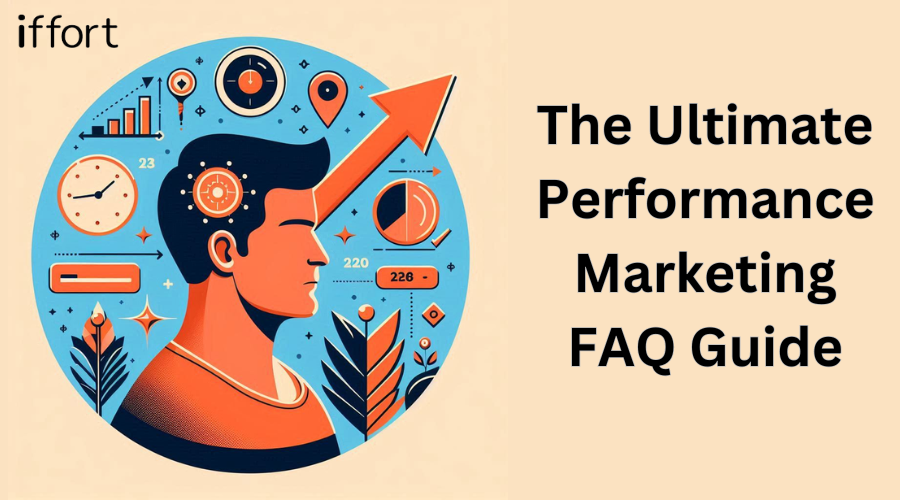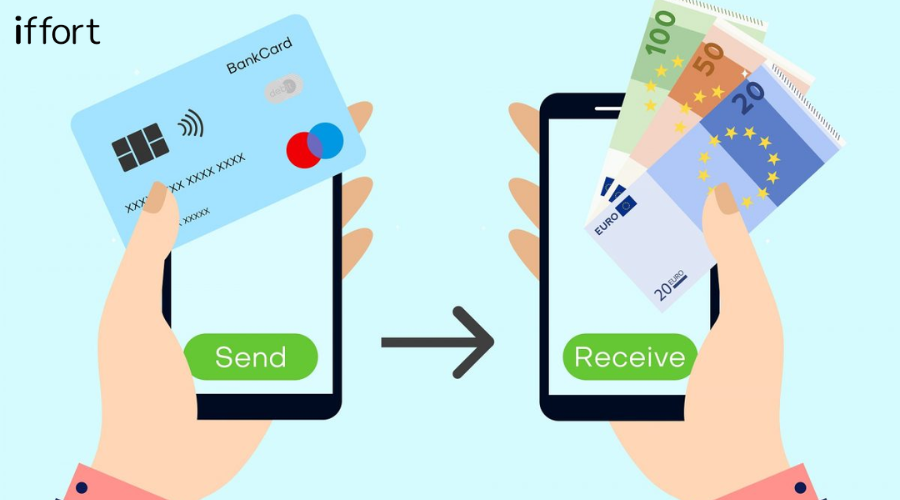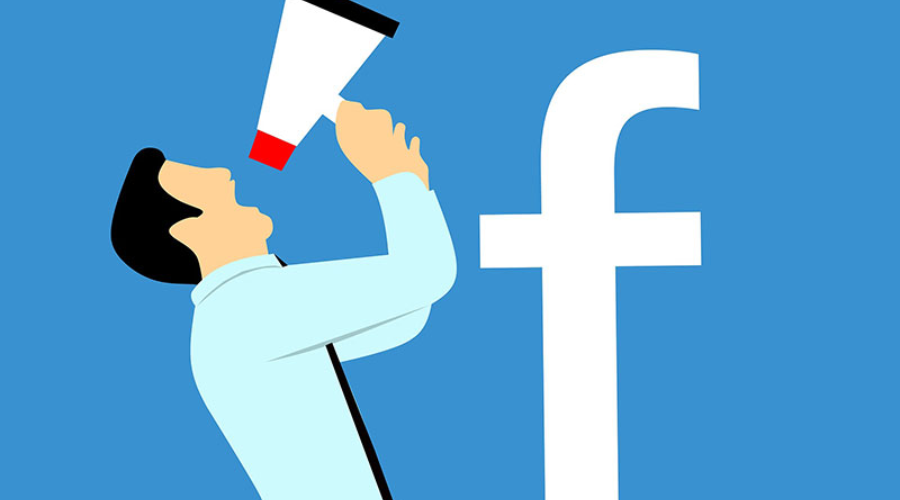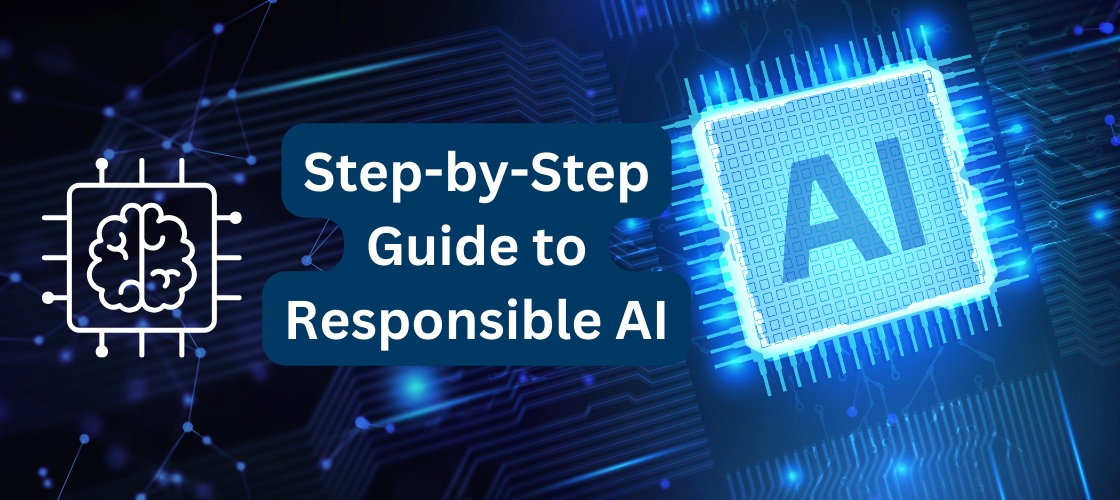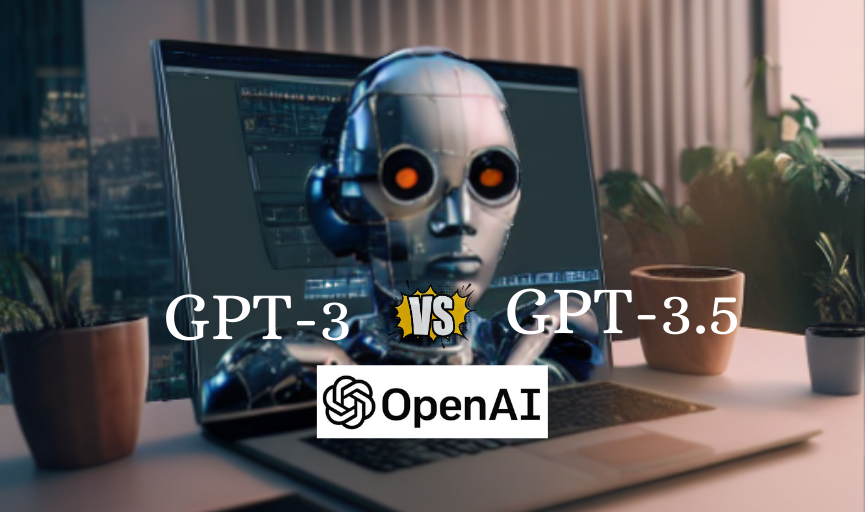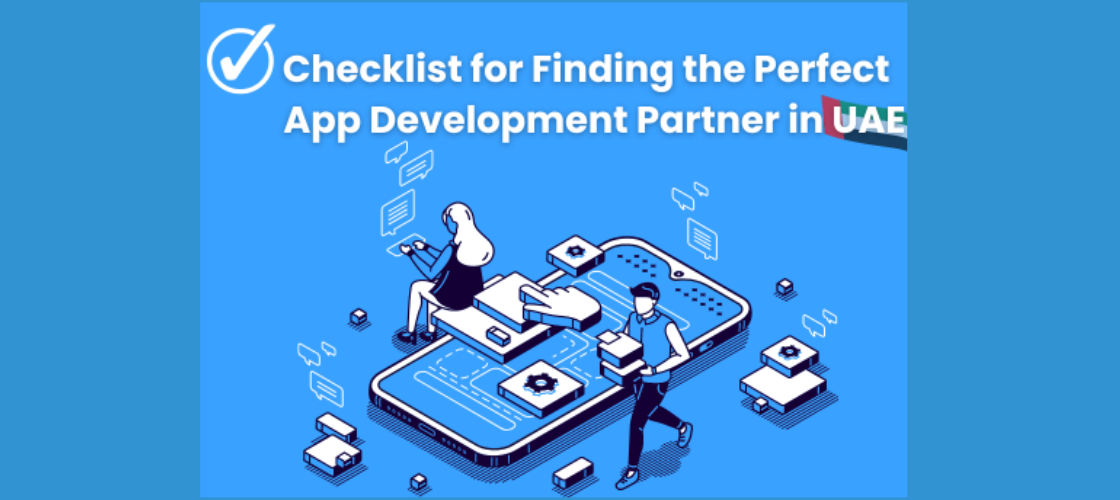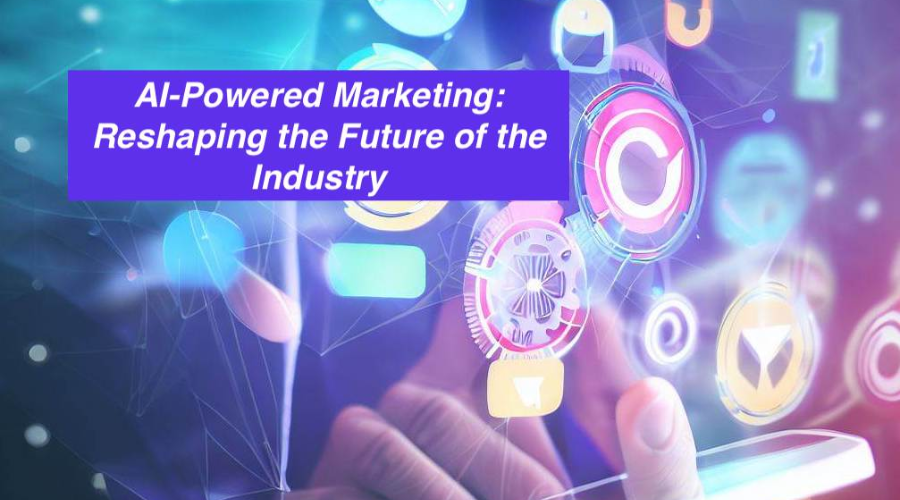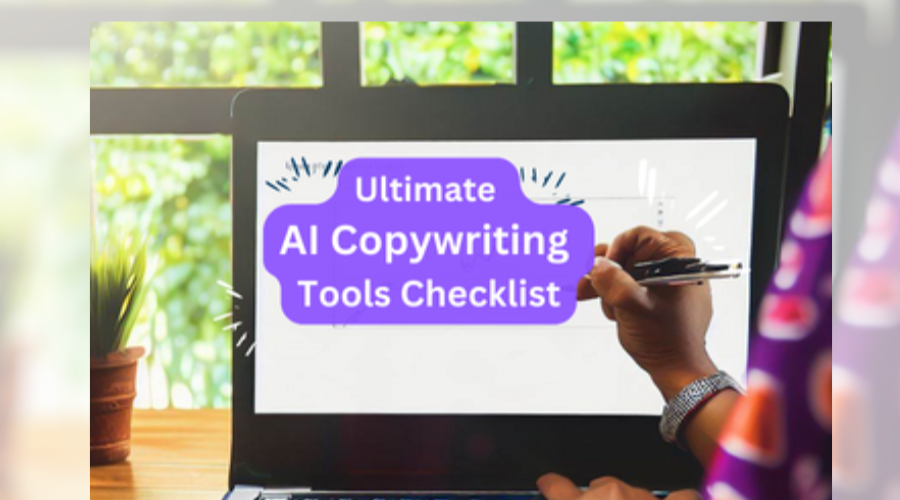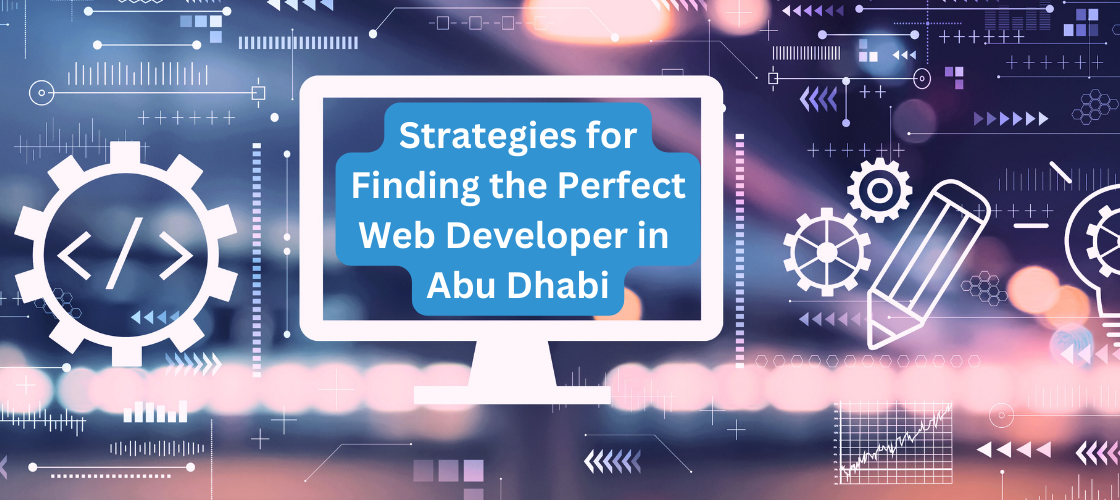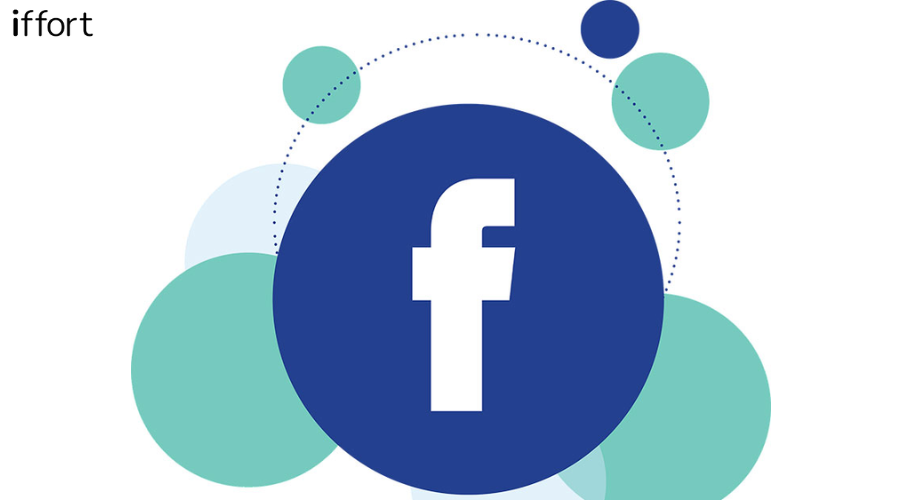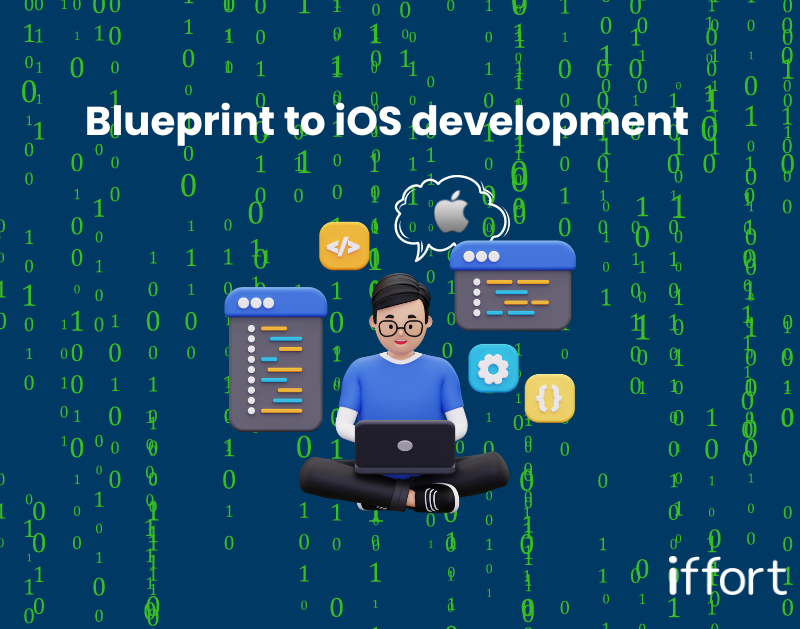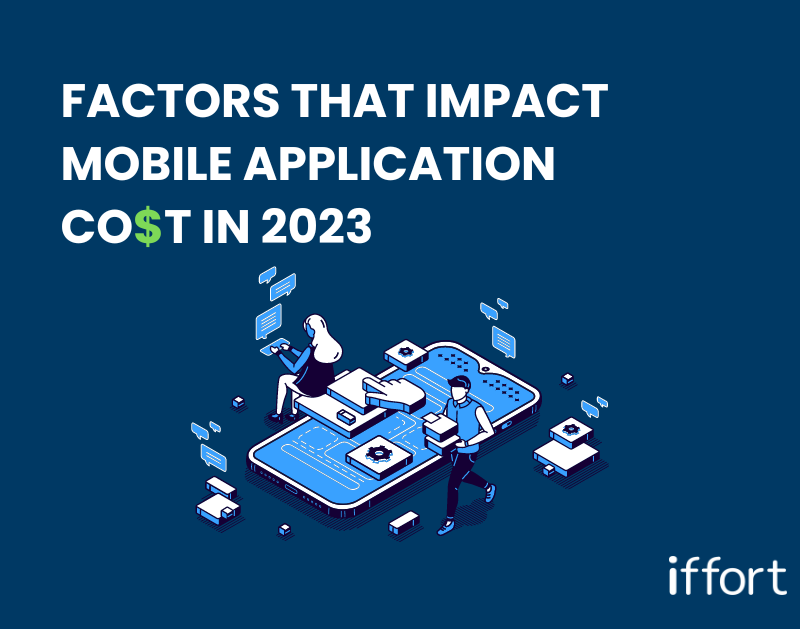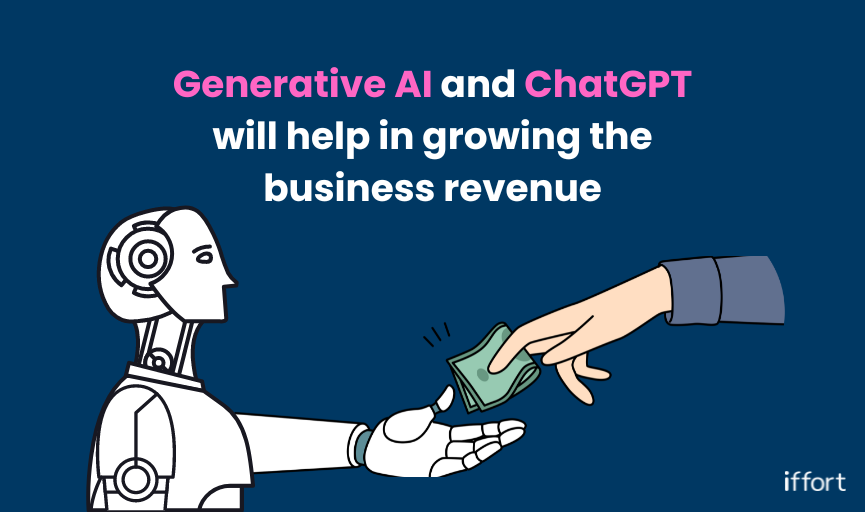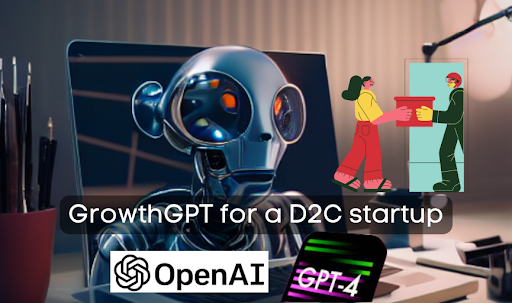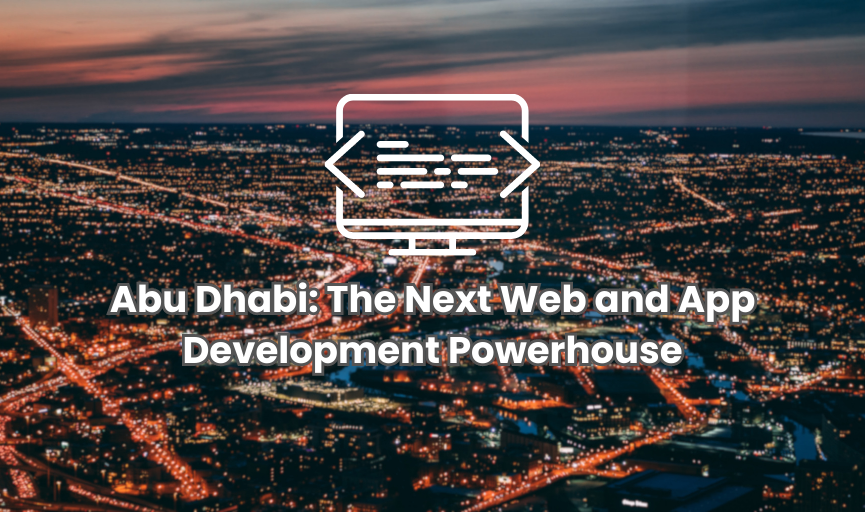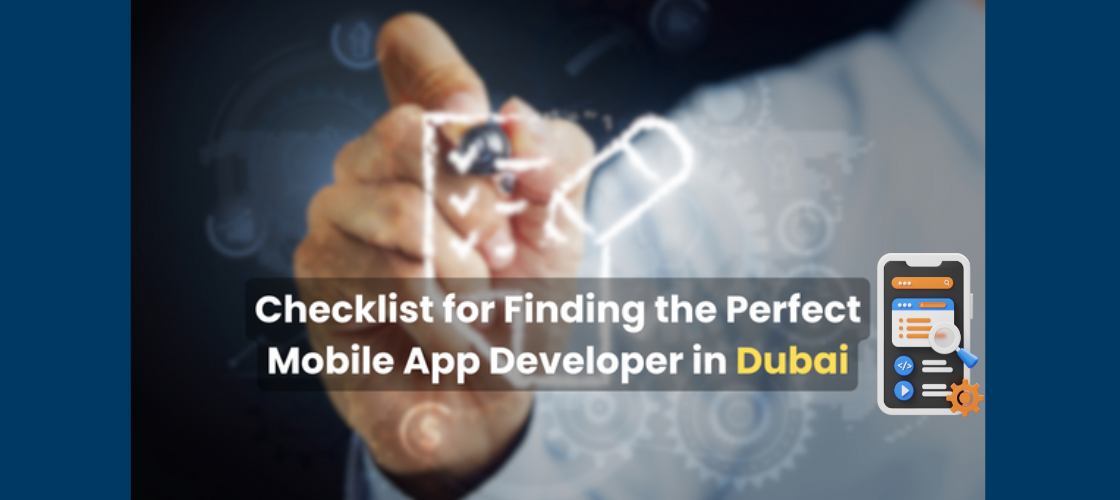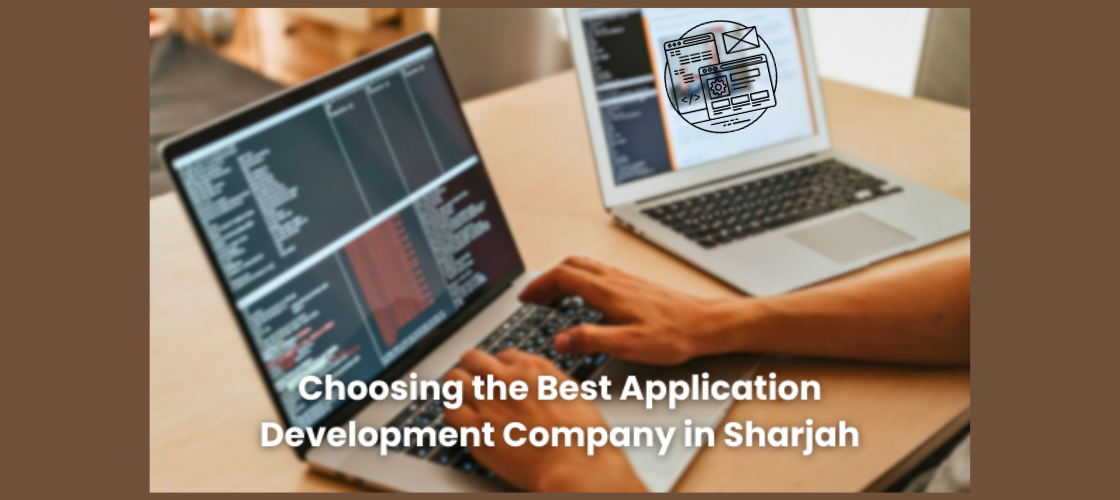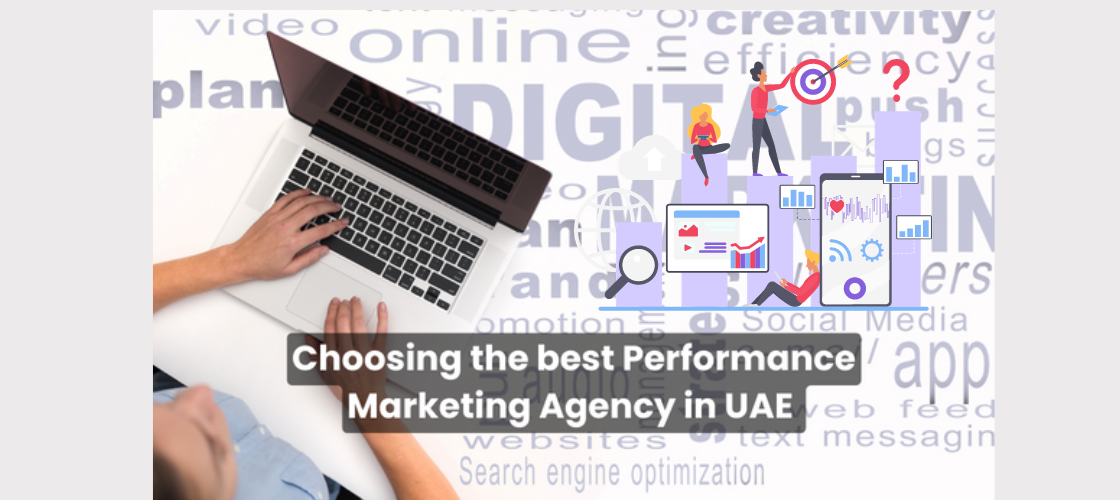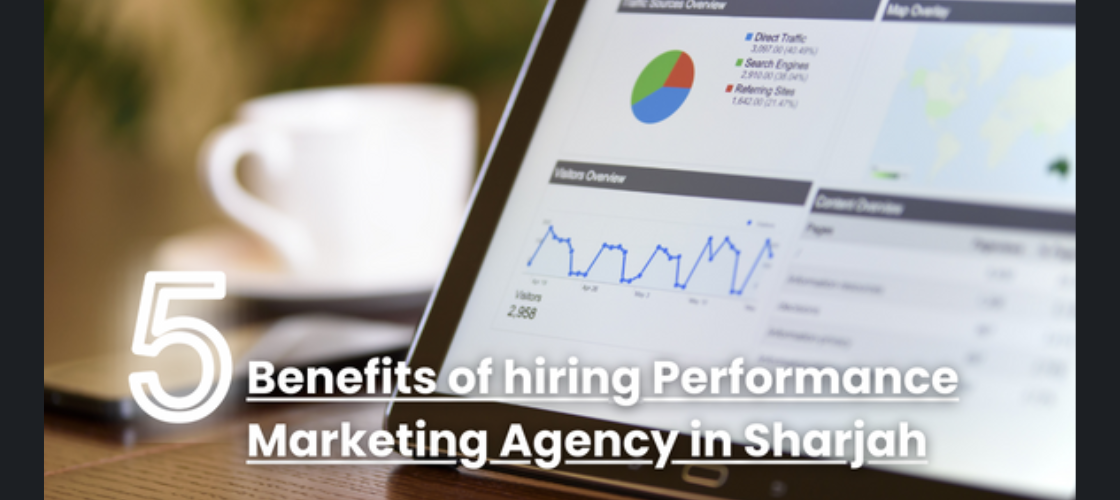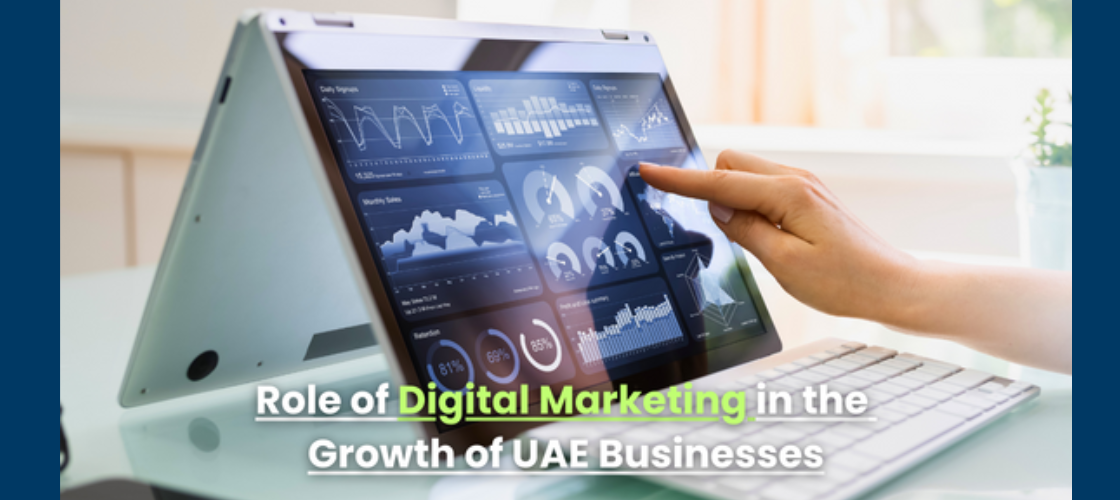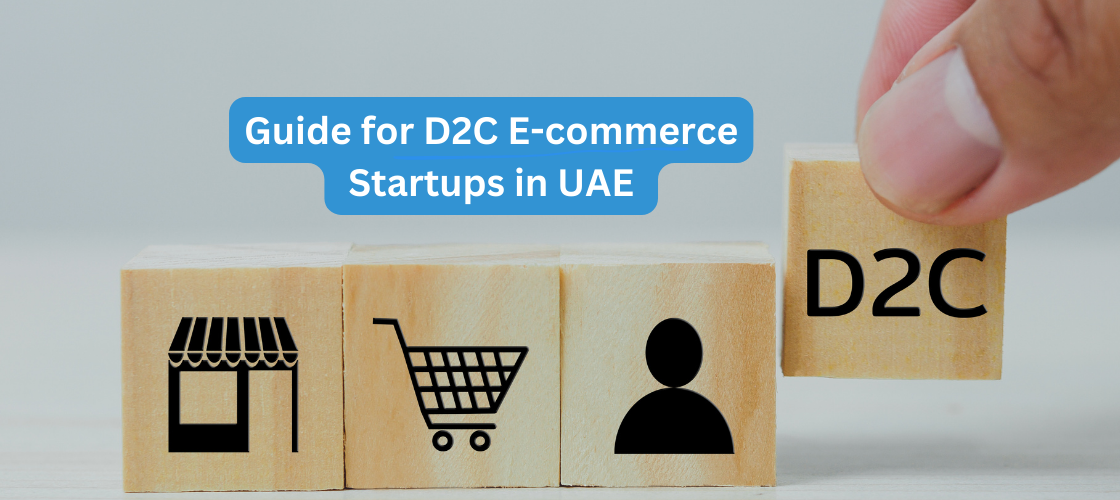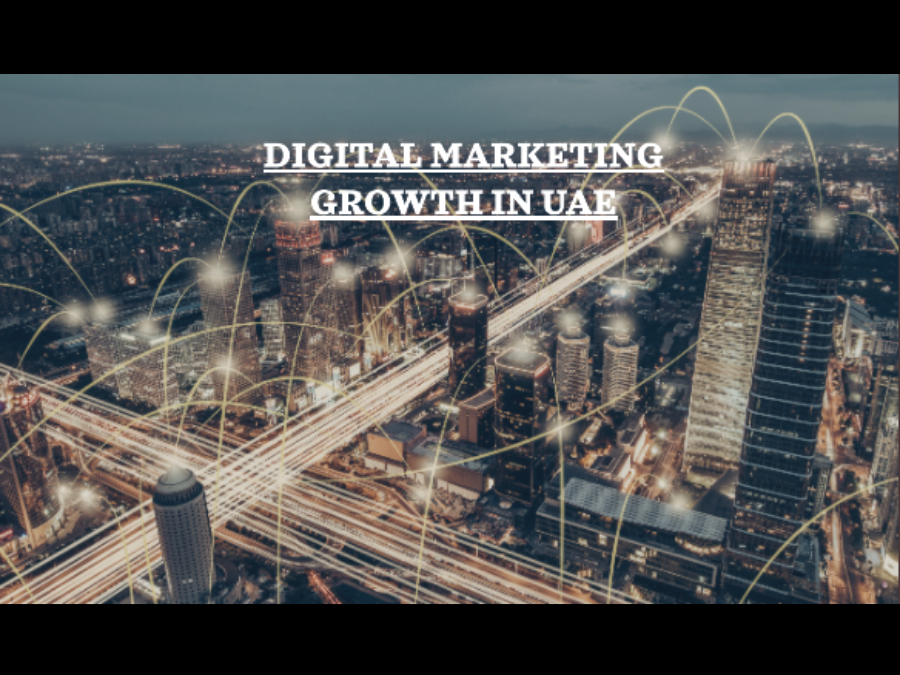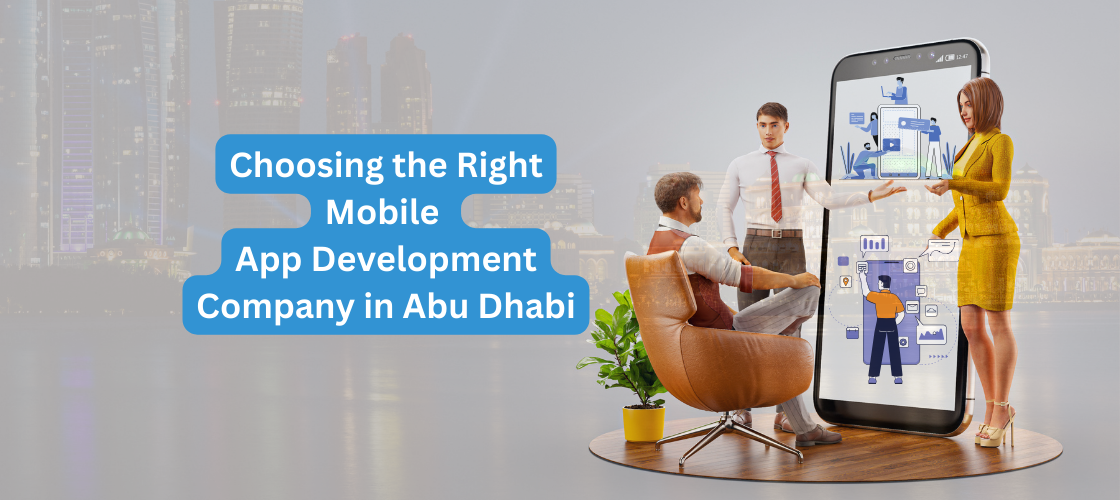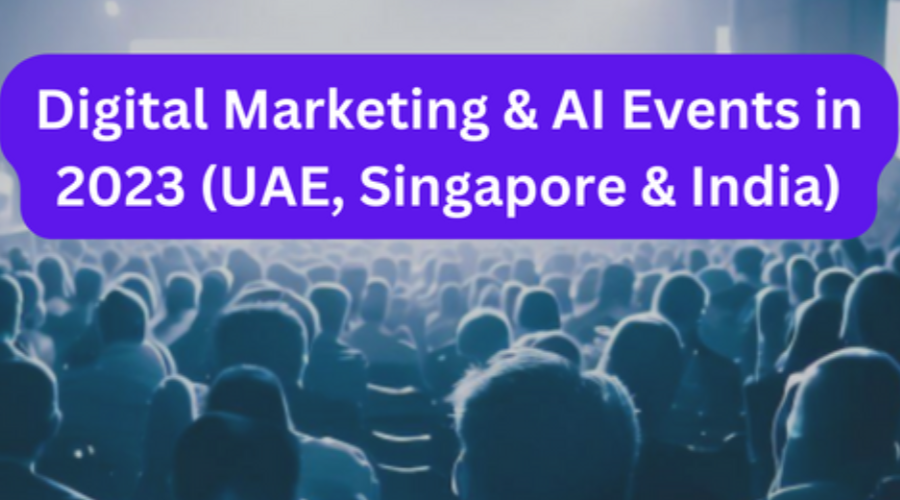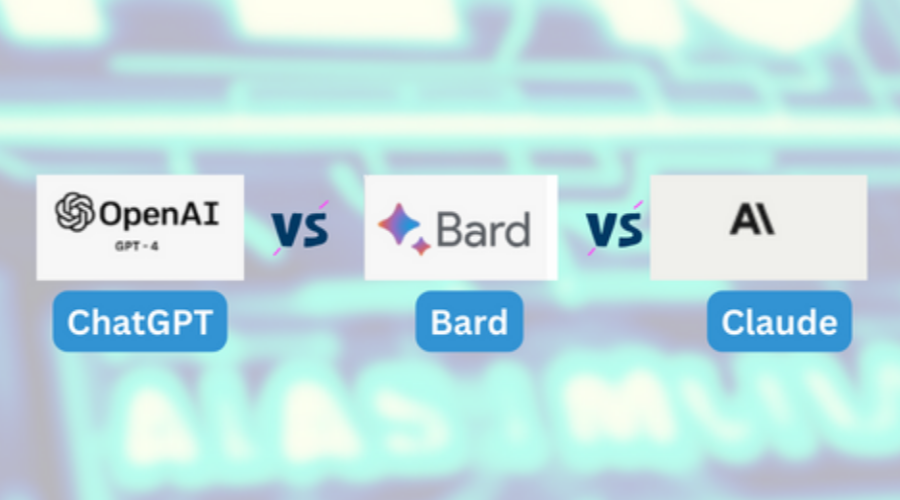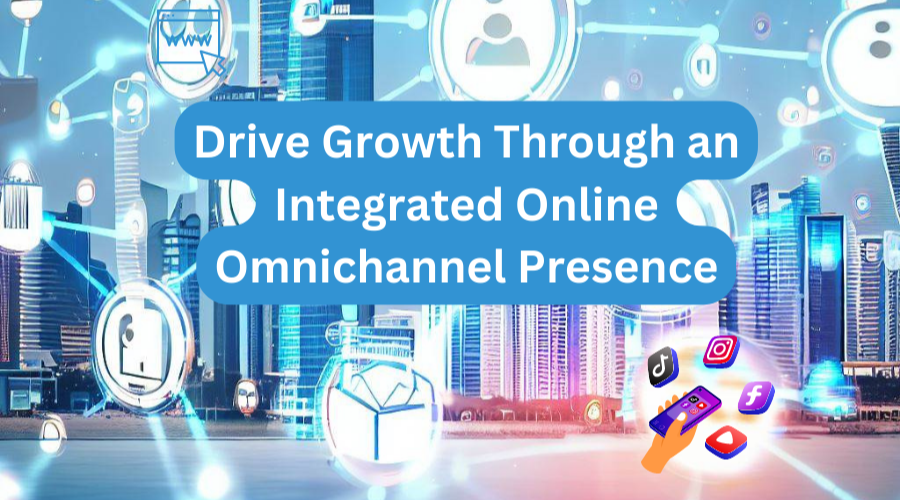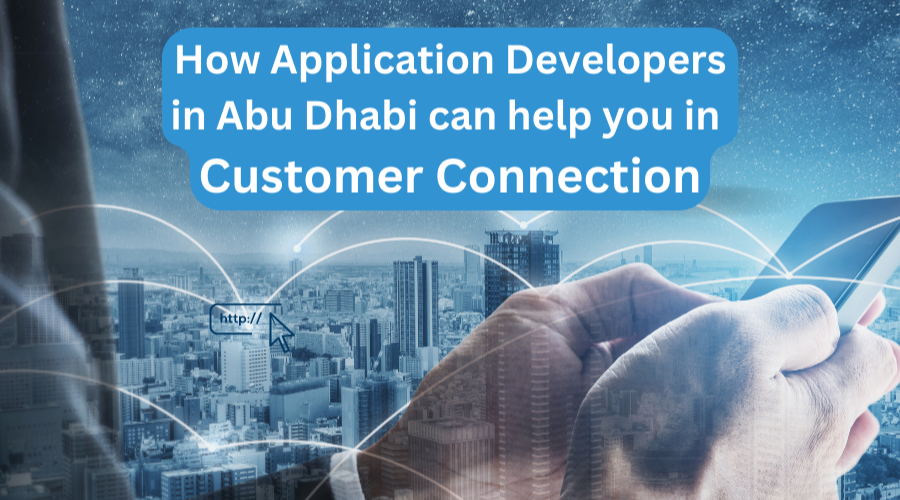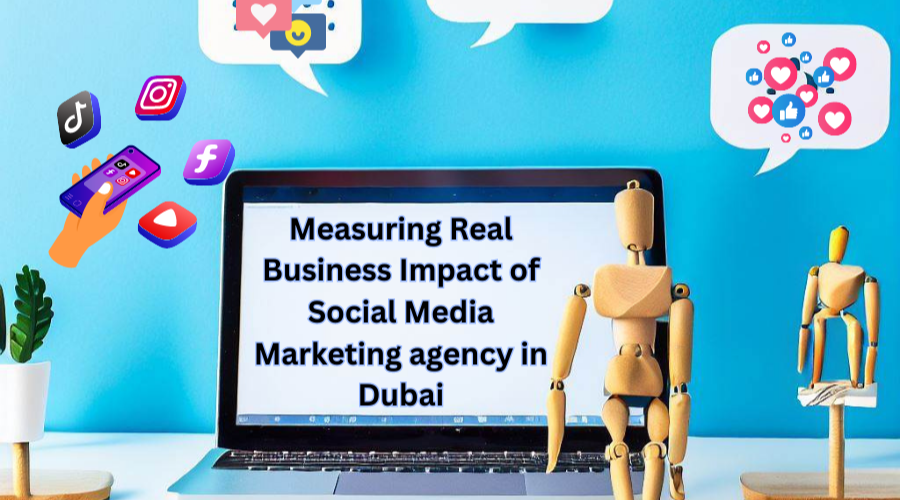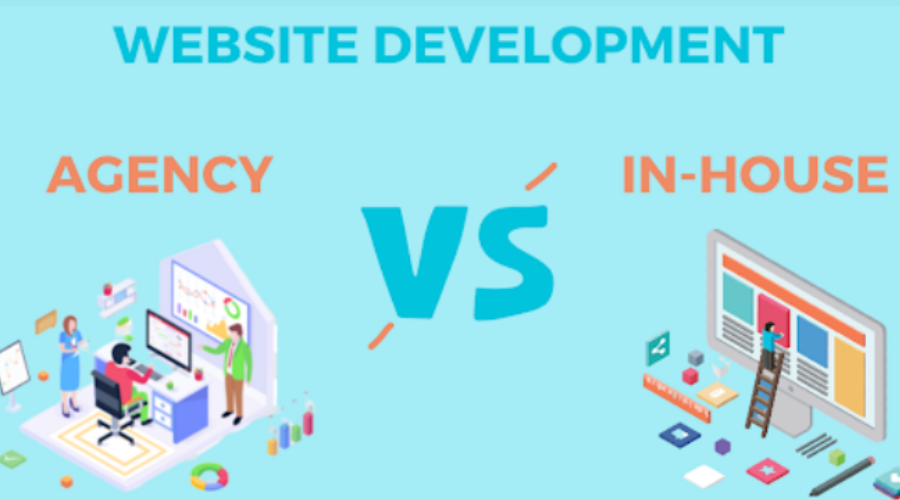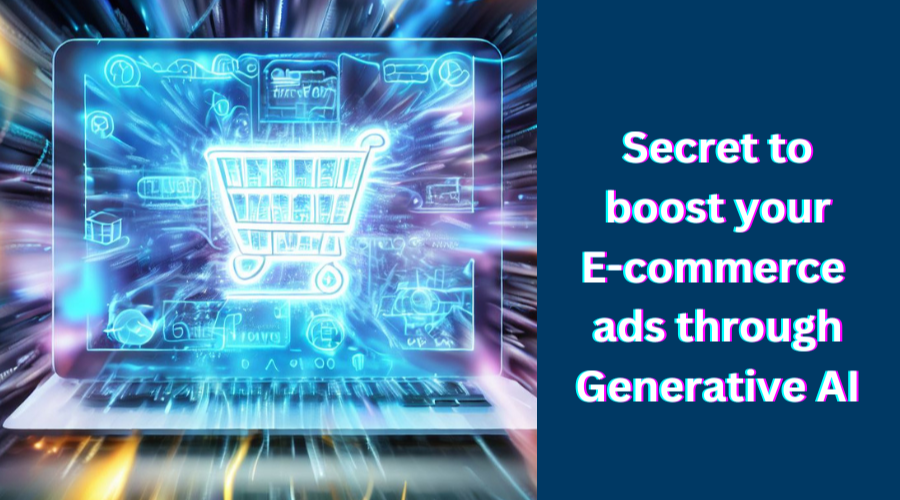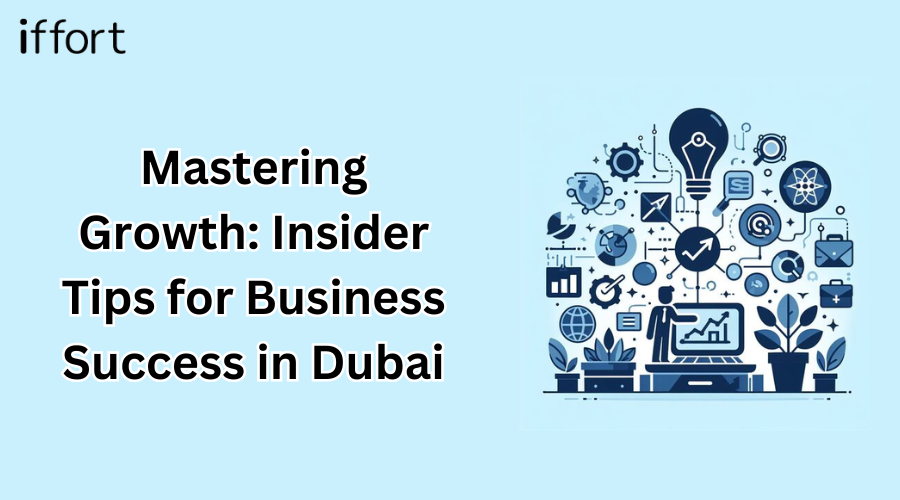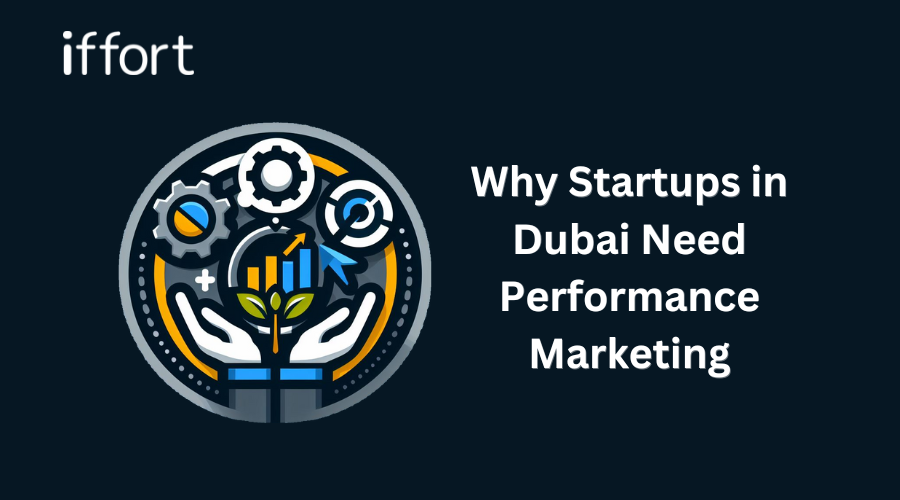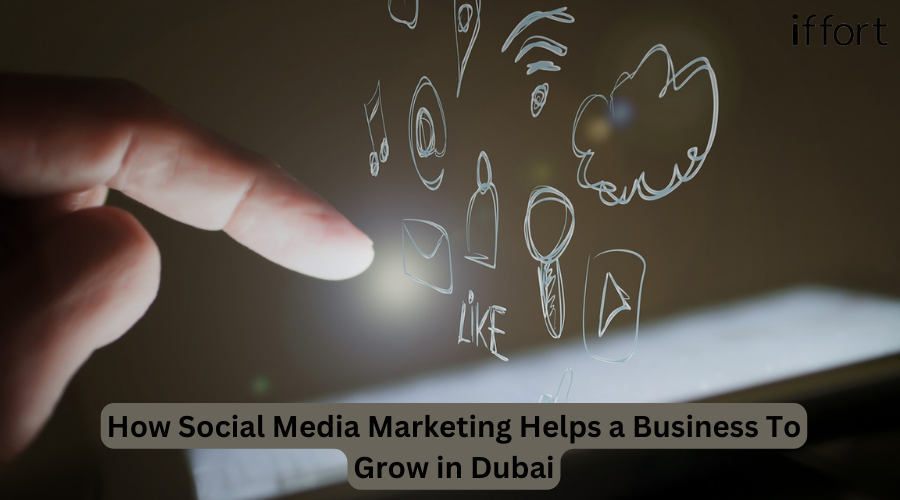Introduction:
In the dynamic world of digital marketing, staying ahead means mastering the art of performance marketing. As businesses strive to maximize their ROI and reach their target audience with precision, the demand for effective performance marketing strategies continues to surge. But what exactly is performance marketing, and how does it differ from traditional marketing approaches? In this article, we interviewed performance marketing experts to provide answers to most asked questions about performance marketing. We will explore the basics of this important marketing field, offering valuable insights for both businesses and individuals.
Metrics and Measurement:
Que: What specific metrics should businesses prioritize to measure the success of their performance marketing campaigns?
Ans: For performance marketing, businesses should prioritize metrics like ROAS (Return on Ad Spend) and CAC (Customer Acquisition Cost) to measure the success of ad campaigns. These marketing metrics are directly proportional to the success of the marketing efforts in bringing new customers for the businesses. One should always be aware of these two metrics and what is the breakeven number for their business.
Que: How can businesses accurately track and attribute conversions to their performance marketing efforts, ensuring a clear understanding of campaign effectiveness?
Ans: Businesses can use analytics platforms (like Google Analytics and Mixpanel), ad platforms pixel, UTM parameters, and CRM integrations as applicable. These tools will help businesses track their customer’s user journeys across websites or apps and help understand user behaviour. This will also be useful in analysing which platform/ads are most effective in acquiring customers and where they should go for optimal marketing spending.
Customization and Adaptation:
Que: How can performance marketing strategies be customized to suit the unique needs and characteristics of various industries?
Ans: Performance marketing strategies are pretty much the same for all companies. It’s important to check some things that can be changed for different businesses, like the needs, features, and challenges of getting clients that are unique to the industry. This includes figuring out who the ideal customers are, doing an in-depth market study (online or off), and creating channels for messaging and advertising. Data and trends that are specific to a business can also be used to make advertising more effective.
Que: How does performance marketing work in tandem with traditional marketing approaches to create synergies and enhance overall campaign performance?
Ans: Blending performance marketing with traditional methods boosts overall campaign success. By merging data from both sources, marketers get insights from numbers and customer behaviour, refining who they target and what they say. Traditional marketing’s wide reach pairs well with performance marketing’s precise targeting, letting marketers talk directly to specific groups. You can start with traditional marketing to spread the word, after that use performance marketing to convert those audiences. Traditional marketing gets a bigger audience when performance marketing promotes it online. You can keep testing and tweaking, using what you learn from traditional campaigns to make things better for performance marketing. Now you can measure which part of the journey matters and see how both types of marketing work together. You can split the marketing budget accordingly so that you can use traditional marketing for brand awareness or word of mouth and performance marketing to convert them at the final stage. This mix of marketing approaches makes every campaign work better from start to finish, helping any brand to do well in the busy market.
Que: What are the anticipated trends shaping the landscape of performance marketing in the year 2024, and how can businesses prepare for them?
Ans: Performance marketing has witnessed some big changes in recent years and in 2024 businesses need to stay flexible and think more creatively. AI and automation are important parts of every business now irrespective of industry. AI and automation are helping marketers to understand data and reach the right customers to optimize the overall ROI. Personalized marketing are now what audiences are expecting, so businesses need to think as people feel like they’re just for them. Voice searches are getting bigger all thanks to Alexa and Siri, so businesses need to make sure their content works well with people preferring voice search across devices. Keeping people’s data safe is crucial for businesses, so you need to follow privacy-related rules like GDPR & CCPA. Businesses need to be honest about how they use customer’s data in future be it for marketing or for maintaining their CRM. Video consumption are on the rise in, so you should think of creating good marketing videos that hook your audience in natural way. Working with smaller influencers who really care about what they’re promoting is in the trend too. Being eco-friendly and caring about social issues is another point where businesses need to stand out, so they should talk about that in their ads & content approach. Since we are in the era of AI and automation, businesses need to execute these changes more quickly, to be more creative, open to new ideas and always think about what their users want.
Technological Integration:
Que: In what ways does data analytics contribute to fine-tuning and optimizing performance marketing campaigns for maximum effectiveness?
Ans: For any performance marketing campaign, key decisions are taken based on data coming from ad platforms. By getting insights about customer journeys, key metrics of effectiveness, and user interactions, data analytics can help in optimizing and fine-tuning performance marketing campaigns. With the help of data analysis, marketers can see current trends and areas for campaign improvement. This will help in adjusting the strategies in the real-time optimization process. This process may include optimizing targeting, messaging, and timing of campaigns which suit the targeted audience and drive sales.
Que: How can artificial intelligence and machine learning technologies be harnessed to optimize performance marketing campaigns and drive superior results?
Ans: With the rise in acceptance of AI and ML technologies, there are a lot of tools in the market which can be used to optimize performance marketing campaigns. These tools can be pixel tracking tools, customer discovery platforms (CDP), advanced targeting tools, dynamic pricing generation, lead scoring, creative generation, predictive analytics, and personalized customer service. By using these tools businesses can get help in campaign data analysis, understanding customer segments, adjusting product pricing, faster ads optimization, predicting user trends, and automating customer experiences for superior results.
Que: What AI-powered tools are available to streamline lead generation and customer acquisition processes?
Ans: There are several AI-based tools available that can streamline lead generation and customer acquisition processes. Below are some of the tools of each segment:
Customer.AI – This tool helps in automating messages and integrating the outbound marketing funnel.
Albert.AI – This tool works as your marketing assistant. It will plan, test and execute marketing campaigns for you.
Seamless.AI – This tool acts as a search engine for generating quick B2B leads based on your search criteria.
Reply.io – This tool is the best multichannel sales engagement platform. You can set up flows of customer interaction and follow-ups on different channels.
LeadIQ – This tool will help you build the leads pipeline for the sales team. This will fetch more accurate data, track sales triggers and write AI-powered emails for high conversion.
There are many more such tools available which use AI as a backend to verify and nurture the data so that you can get more warm leads.
Audience Targeting and Engagement:
Que: What strategies and methodologies should businesses employ when allocating budgets for performance marketing initiatives to maximize ROI?
Ans: Businesses that are investing in performance marketing need to follow some basics to maximize the ROI of spending, which will help them not to spill money on the wrong strategy. First, businesses need to set clear goals as to what they want to achieve from performance marketing, then second, what could be the ideal channels for them. Not all channels are suitable for all businesses, so choosing a channel will be the second most crucial point, as this is the platform where you will be spending money. The third will be to understand your customer/audience. Understanding the audience will help you to target them at the respective channels and sell your product/services. Fourth will be data analysis; in performance marketing, you will be receiving data at multiple points and by analyzing those data, you will be able to optimize your campaigns. Fifth will be dynamic budget allocation. At the start of stage one, the platform is working really well, but after some time, it will not bring ideal customers at a given cost. Then, you have shifted the budget from this channel to the next cost-effective channel. These methodologies will help businesses maximize their ROI from performance marketing.
Que: What strategies and tools are recommended for accurately targeting and segmenting audiences in performance marketing campaigns to increase conversion rates?
Ans: Businesses are always in the process of increasing the conversion rate of their performance marketing campaigns. There are undoubtedly some strategies that companies can adopt to help increase conversion rates. The first one is customer segmentation, where you funnel the customers, and, based on their persona or requirement, you target them at the right time. Second is data analytics; this will help you to understand which channels or ads are working and which are not. The third one is lookalike audiences; if you have a list of your previous customers, then upload them on ad platforms and create lookalike audiences. The fourth one is dynamic content; make sure to put dynamic content wherever possible based on customer/product. Fifth is retargeting; retarget your users across platforms to get them to buy your product/services. Retargeting is a way to remind them that they have interacted with your business and, most likely, they will buy from you. These strategies will help deliver more relevant messages, personalize content, and engage audiences effectively.
Que: How does content marketing integrate with performance marketing strategies to engage and convert audiences effectively?
Ans: Performance marketing works in tandem with content marketing, as performance campaigns use content as well to reach out to customers. This content can be at any stage of the funnel, be it top of the funnel TOFU or bottom of the funnel BOFU. Businesses can use their performance marketing user persona to create content as per their need. Performance marketing methods such as advertising, email marketing or social media promotion can drive traffic to content, and this will help audiences to get educated, informed, or entertained based on the user’s stage. This combination of content marketing integration with performance marketing allows you to build trust & credibility, which leads to higher conversion rates across channels.
Compliance and Ethics:
Que: What measures should businesses take to ensure compliance with regulations such as GDPR when executing performance marketing campaigns?
Ans: Data safety and identity protection became crucial with the growth of digital adoption. In the past, we have seen platforms lose stored customer data related to their identity and much personal information, which became public and created controversies altogether. To avoid these events and ensure your customers’ information is secure, you need to adopt GDPR for your business. Along the same line, we should also keep GDPR in place for performance marketing campaigns since performance marketing captures crucial user data like Name, Email, Mobile, Address, Gender, Workplace, etc. To make it more bulletproof, we should get consent from users about using their data, provide transparency about storing and using data in future, minimise data collection fields, ensure data is stored on a secure server and offer access to rectify or erase personal information. There might be more personal information-related laws applicable based on country, and you should always check with your compliance/legal team to ensure things are in the correct mode.
Que: What ethical considerations should businesses prioritize in performance marketing, particularly concerning data privacy, transparency, and consumer trust?
Ans: When it comes to customer data privacy, businesses should make it a top priority. Businesses should have clear transparency about the collection and usage of customer’s data. Businesses should obtain consent from users before data collection and their usage. Businesses should also give the option to delete or not to use customer’s data if consent is not given. By doing so we can make data collection legally compliant as well as gain user’s trust. Since performance marketing directly deals with consumer’s sensitive data like interest, behaviour, personal information, demographic or location information, we should make data privacy the top priority. Any data coming or going through performance marketing platforms should be checked for data privacy compliance.
Case Studies and Best Practices:
Que: What are some examples of successful AI implementations in sales and customer relationship management (CRM)?
Ans: As AI became more accessible to the public, top-tier enterprise software companies started integrating AI into their system. There have been numerous successful AI implementations in sales and customer relationship management (CRM) that have greatly improved business processes. Some common examples are Salesforce’s Einstein which is a famous tool for sales forecasting. It uses Artificial intelligence to analyze existing leads to predict potential sales by that user in future. HubSpot’s Lead Scoring tool is another prominent example of how Artificial Intelligence is utilized to assign scores with respect to lead’s behaviour. Now, sales teams can prioritize their efforts based on lead scores. Zoho CRM has also integrated AI features for customer data segmentation. It creates segments based on given parameters and classifies data according to their behaviours and preferences. This data further can be used in custom-targeted performance marketing, email marketing, account-based marketing and sales strategies. ManyChat also provides AI-powered chatbots that offer instant customer support. After implementing it, companies have observed a notable improvement in customer satisfaction levels during their interactions. Adobe Target leverages AI technology to enhance engagement and loyalty by personalizing marketing messaging and product recommendations using customer data. These examples showcase the transformative impact of AI tools on sales and CRM, enhancing productivity, performance, and customer contentment.
Que: How can influencer marketing initiatives be seamlessly integrated into performance marketing strategies to amplify reach and drive conversions?
Ans: Influencer marketing can be a subset of performance marketing if executed carefully since you must also measure the metrics of your campaigns. Integrating influencer marketing with performance marketing will involve carefully selecting influencers based on your target audience. After that, you need to set up clear goals and KPIs for the campaign. Next, you must provide trackable links and unique discount codes to influence who will use these for their content production. This will help you to measure and attribute the conversions respective to content and platforms.
Selecting influencers to create engaging and authentic content that resonates with your target audience is key, as is continuously monitoring and optimizing the campaign based on performance data. Consider having long-term partnerships with influencers to build trust and credibility with your target audience over time, maximizing the return on investment of influencer marketing initiatives.
Performance Optimization and ROI:
Que: What are some advanced techniques for conducting A/B testing in performance marketing to refine strategies and improve outcomes?
Ans: There are many advanced techniques available which can be used in A/B testing for performance marketing campaigns. A/B testing significantly tells you which campaign is working well and needs scaling. A few of the strategies are Multivariate testing where you test multiple variables simultaneously for more data-driven optimization, Sequential testing which relies on data of previous test results for campaign optimization, Segmented testing which tests variations on specific audience segments for targeted optimizations. You can also use Bayesian A/B testing which uses famous Bayesian statistics for more accurate insights, especially when the sample size is smaller. Then there is Machine learning-based A/B testing which automates campaign optimization & A/B tests between content and audiences. Also, Incrementality testing measures a campaign’s true effectiveness. There are Advanced statistical analysis also available like t-tests and ANOVA which can be used for A/B testing at the advanced level for your campaigns. While there can be more advanced techniques not all of these are needed for you. Based on business objectives and efforts you need only a few of them for A/B testing which can refine strategies and achieve better outcomes for your business.
Que: What methodologies and tools can businesses use to accurately measure and optimize the ROI of their performance marketing campaigns?
Ans: There are multiple ways that businesses can use to optimize performance marketing campaign’s ROI. Each tool or strategy can vary from business to business. First, let’s discuss about tools. You can use tools like Attribution tools Webengage to measure a campaign’s accurate conversion attribution in the era of the cookieless world, Analytics tools like Google Analytics, and Mixpanel to know which platforms bring the most efficient conversion, CDP platforms help you to manage your customer’s data efficiently and use them for your campaign optimization without exposing the sensitive information. Second about Strategies, you can do A/B testing of your content and targeting audience for optimization, you need to always do calculations about ROAS and CAC not just campaign level but at the business level to achieve the growth rate of business. You may need to use statistical models to optimize the current numbers and predict the business growth based on these numbers.
By employing these tools and methodologies, you can easily optimize the ROI of performance marketing campaigns.
Que: What are the potential cost savings and ROI benefits of implementing AI in sales and marketing workflows?
Ans: With the introduction of AI, we are seeing a lot of efficient workflows across industries. The same can be implemented in sales and marketing workflows to make the whole process efficient, data-driven and result-oriented. As we know in sales and marketing there are many tasks which are repeated, time-consuming and calculation which can be made efficient using AI tools. For 3xample, use an AI lead scoring system to reach out to potential prospects first, use AI voice agents to screen initial leads so that salesperson can reach to hot intent users, and use AI tools to optimize A/B testing of creatives, content & targeting for performance marketing campaigns. Use of AI-based CDP and CRM tools can help you categorize the leads based on intent without even interacting with them. Use AI-based conversion tracking tools to optimize and attribute correct conversion back to ad platforms. These AI tools can help you optimize your cost in sales and marketing workflows.
Channel Selection and Strategy:
Que: How should performance marketing strategies be adapted to effectively address the different stages of the customer journey, from awareness to conversion?
Ans: To effectively address the different stages of the customer journey first we need to understand the stages. There are 4 stages we can categorise in performance marketing customer journey Awareness stage, Consideration stage, Decision stage and Retention stage. During the awareness stage, your focus should be on creating brand awareness. You may use social media marketing, content marketing and display ads. If the user is at the consideration stage, engage with them via retargeting ads, personalized email campaigns, and informative content which will help keep the brand at the top of the mind. At the decision stage, you can use ideas like better discount codes, real user testimonials, and urgency messages which encourage users to make an instant decision. Finally, during the retention stage of users, the focus should be on loyalty schemes, personalized discount vouchers, and top-notch customer support to retain customers and encourage repeat purchases in future.
Que: How does AI improve the efficiency of targeted advertising and optimize ad spend allocation?
Ans: When you start targeted advertising on any platform, you will start getting a lot of data from ad platforms. As a human, you tend to look at key KPIs and metrics related to that, but you may not be able to process all the data on a daily basis. That’s where AI can help you to identify patterns and trends which may be useful to optimize your campaigns further and optimize spend allocations across platforms or ads. Also, there are AI-based tools which get connected to Ad platforms and get real-time data from ad platforms where you can get more accurate insights and take action as soon as you get triggers about certain metrics. AI tools can help you in processing bulk data in real-time, and allow you to make dynamic adjustments in ad targeting and placements for maximum conversions and engagements. You can further deep dive and start getting customer behaviours, preferences, and demographics too which you can validate using AI for better decision-making as per your business objectives. There may be use cases where you want to automate tasks which help you to make decisions faster, for example, automate reports and get key actionable based on report every day in the morning to take a decision. In this case, you can use an AI tool to do this for you. Using AI tools will help you to become more proactive in ensuring ad spend allocation on the most efficient channels, campaigns, and ads and ultimately improving overall efficiency and ROI.
Want to collaborate and explore business opportunities?

